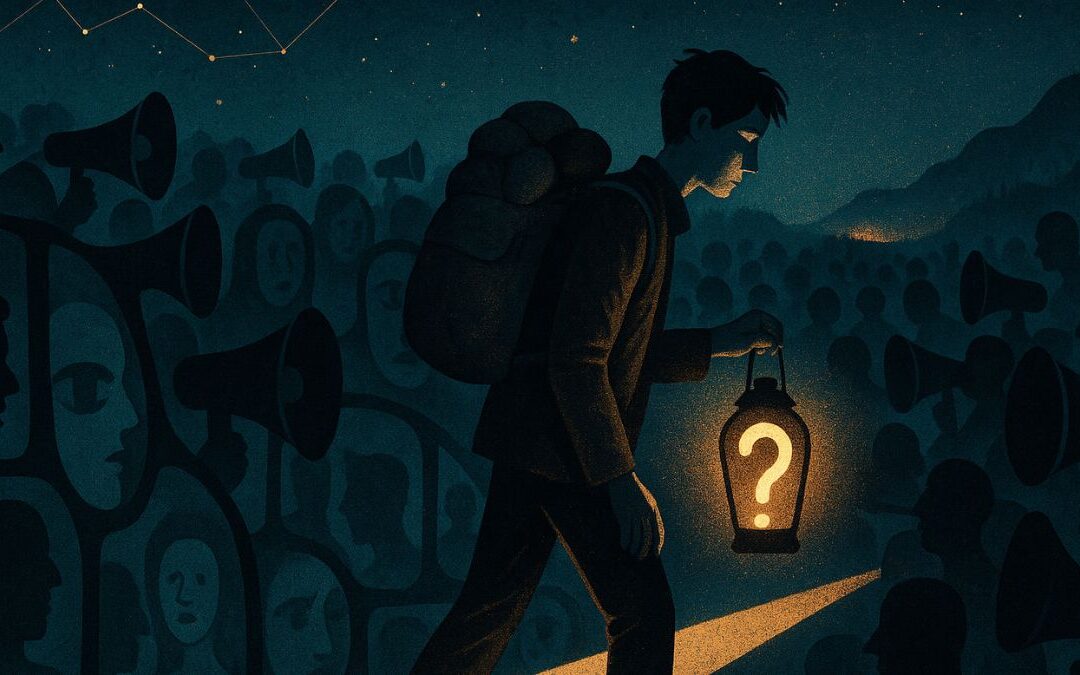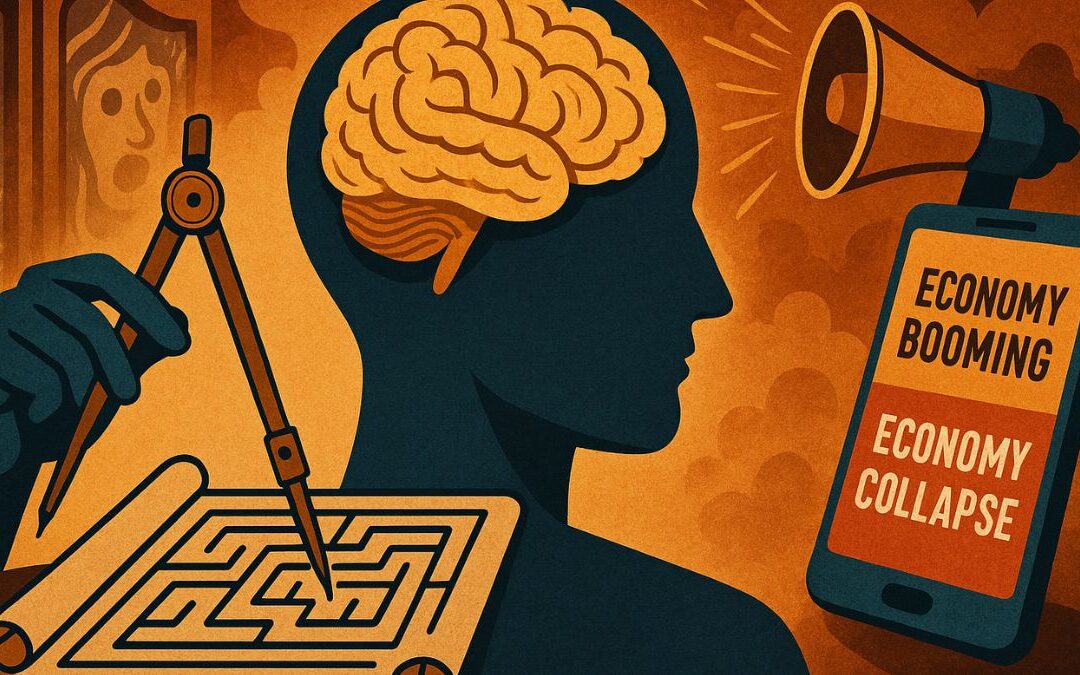Introduction
Welcome to a different kind of quiz. This isn’t about facts and figures; it’s about empathy and awareness. We’ve all been in situations where the topic of brain health comes up, and it can be hard to know what to say or do. Unintentionally, our words can create stigma, making someone feel judged, misunderstood, or ashamed. This quiz, inspired by real-life scenarios, is your chance to practice.
By putting yourself in these situations, you’ll learn to spot the subtle (and not-so-subtle) ways stigma shows up in conversations. More importantly, you’ll learn to choose responses that build bridges, not walls. The benefit isn’t just getting the “right” answer; it’s building the confidence and skills to be a more supportive colleague, a more understanding family member, and a more compassionate friend. Let’s see how you do.
Learning Quiz
This is a learning quiz from English Plus Podcast, in which, you will be able to learn from your mistakes as much as you will learn from the answers you get right because we have added feedback for every single option in the quiz, and to help you choose the right answer if you’re not sure, there are also hints for every single option for every question. So, there’s learning all around this quiz, you can hardly call it quiz anymore! It’s a learning quiz from English Plus Podcast.
Quiz Takeaways | The Supportive Response: A Playbook for Fighting Stigma
Hello and welcome back. You’ve just walked through twenty different scenarios, twenty moments where a conversation could go in one of two directions—toward judgment or toward understanding. If you found some of them tricky, that’s okay. These situations are complex, and most of us have never been taught how to navigate them. This quiz wasn’t about getting a perfect score; it was a workout for your empathy muscles. Now, let’s unpack what we’ve learned and create a playbook for becoming a true ally in the fight against stigma.
Stigma isn’t a single, monstrous thing. It’s a collection of a thousand tiny cuts. It’s the dismissive comment, the awkward silence, the piece of bad advice, the whispered gossip. In the quiz, we saw the many faces of stigma. We saw it as minimizing, when someone is told to “just cheer up” or that their anxiety is “lame.” This dismisses a real medical condition as if it were a simple choice or a lack of willpower. It’s like telling someone with a broken arm to “just try harder to lift things.” It’s invalidating and leaves the person feeling completely misunderstood.
We saw stigma as labeling. Think of the difference between “He is a schizophrenic” and “He is a person living with schizophrenia.” The first statement defines him entirely by his diagnosis. It puts the illness first and the person second. The second statement, using person-first language, acknowledges his humanity. He is a person, full and complete, who also happens to have a medical condition. This small shift in language has a massive impact; it’s a shift from judgment to dignity.
We also saw stigma as assuming. This is when we let a diagnosis create a story in our heads about what a person can or cannot do. It’s the manager who assumes an employee with anxiety can’t handle a stressful project. It’s the parent who assumes their son with schizophrenia can’t work. These assumptions, even when well-intentioned, are incredibly limiting. They steal opportunities and crush potential. The antidote to assuming is asking—treating the person as the expert on their own life and capabilities.
And of course, we saw stigma as gossip and prejudice. It’s the casual, misinformed comment at the dinner table, the media’s use of a brain disorder as a lazy trope for a violent villain, or the reflexive blaming of “the mentally ill” after a tragedy. These public forms of stigma are what create the culture of fear and misunderstanding that makes it so hard for people to speak up in the first place.
So, how do we fight back? The quiz also gave us a clear playbook for what to do instead. The first and most powerful tool is simply to listen. Notice how many of the “right” answers involved listening more and advising less. When someone shares their struggle, our instinct is often to jump in and try to fix it. But most of the time, the person isn’t looking for a solution; they’re looking for a witness. They want to know that someone hears them and that they are not alone.
The second tool is validation. Phrases like “That sounds incredibly tough,” “I completely understand,” or “Thank you for trusting me with this” are pure gold. Validation doesn’t mean you have to fully understand or have the same experience. It simply means you are accepting their experience as real and valid. It’s the opposite of minimizing. It communicates that you believe them, which is a powerful way to dissolve shame.
The third tool is to offer open-ended, no-pressure support. The best responses in the quiz didn’t say, “You should do this.” They said, “I’m here for you. Let me know if there’s anything I can do.” This puts the person in the driver’s seat. It offers them your strength without taking away their power. It shows you’re a resource they can turn to when, and if, they are ready.
Finally, the playbook requires us to gently educate. This is perhaps the trickiest part. When you hear a stigmatizing comment, a direct attack often backfires. But as we saw in the scenario with the uncle, reframing the issue can be incredibly effective. By calmly introducing a new piece of information (“It’s actually a neurodevelopmental disorder…”) or by reframing a negative as a positive (“I think going to therapy is a really smart and strong thing to do”), you can challenge the stigma without shaming the person who said it.
This work isn’t easy, and none of us will get it right every single time. We’ve all been raised in a culture where stigma is the norm. The goal isn’t perfection; it’s intention. The goal is to pause before we speak and ask ourselves: “Will this build a bridge or a wall?” Every time you choose a response that is validating, respectful, and compassionate, you cast a vote for a different kind of world. You create a ripple of safety that makes it a little bit easier for the next person to ask for help. And that is how we dismantle stigma: one conversation, one supportive response at a time.











0 Comments